Discussion
Electroconvulsive therapy (ECT) is an effective treatment for treatment-resistant psychotic depression. The case report charts the experience of a 76-year-old man who had repeated episodes of psychotic depression and each time, he experienced complete relief following ECT after the initial failure of pharmacotherapy.
This article also discusses the role of induction agents in ECT and how ECT became clinically effective when the type of induction agent used was changed.
In patients with psychotic depression, monotherapy is often less effective. Combined treatment with an antidepressant and an antipsychotic is often recommended as first-line treatment (Maudsley guidelines).
ECT, along with combination antidepressant-antipsychotic treatment, is the other established treatment of psychotic depression (Maudsley guidelines). Not only is ECT effective, but it may also be more protective against relapse in psychotic depression than in non-psychotic depression (Maudsley guidelines).
ECT may have a more reliable track record in improving symptoms than pharmacological treatment (UK ECT Review Group, 2003). However the stigma, cost and cognitive side-effects make it a second-or third-line treatment, except in special circumstances.
For example, if a patient’s psychotic depression is imminently life-threatening as a result of suicidal risk or cachexia, ECT may be considered first-line treatment (Lisbany SH, 2007). In addition, a patient who cannot tolerate medications, or has responded more favourably to ECT in the past, may be considered for ECT first (Lisbany SH, 2007).
Case Report
Mr K, a 76-year-old farmer, was admitted to a psychiatric unit following a referral by his GP with a two-week history of low mood, anxiety and restlessness following an incident on his farm. By accident, his cattle pulled down the cattle shed. Nobody was hurt but Mr K was shocked and became very disturbed afterwards, worrying constantly if someone could have been hurt in the accident. He was also worrying that he would not be able to look after his cattle anymore. He became progressively irritable, agitated and anxious. His sleep became disturbed and his concentration became very impaired.
Forty-five years ago, the patient had his first of four voluntary admissions to a psychiatric unit. His first admission was due to depression, anxiety, agitation and delusion of persecution. Initially, he was treated with thioridazine 150mg/day. Following no response to medications, he was subsequently given ECT. He recovered after having three ECT treatments and was discharged.
His second admission nine years later was due to depression with suicidal ideation and persistent feelings of guilt. On this occasion, he was treated with perphenazine 18mg/day, protriptyline 40mg/day, and temazepam 20mg/day, but did not respond. He was treated with ECT again and recovered completely.
His third admission was two years later. He was treated again with ECT due to no response to medications and recovered.
His fourth admission was two years later, due to an episode of depression and parasuicide. After no response to medications amitriptyline 100mg/day and chlorpromazine 200mg/day, he was treated with ECT again, with full recovery.
Afterwards, this patient attended a psychiatric outpatient clinic for about two years and was then discharged from the service. For nearly 30 years he stayed well, never attending a mental health service. He was on chlorpromazine 200mg/day and amitriptyline 100mg/day during this period. Chlorpromazine was discontinued by the patient’s GP prior to the latest admission.
During the latest admission, mirtazapine was added to his ongoing treatment with amitriptyline. This had to be discontinued after one week because the patient developed hyponatraemia. Agomelatine 25mg was commenced thereafter and later increased to 50mg/day. Unfortunately, there was no response to treatment. In fact, he became more depressed, his appetite reduced and he developed delusions of persecution. First, risperidone of 1mg/day and later, lamotrigine 25mg/day were added to his treatment regimen. Due to no response to medications, the patient was offered the option for ECT.
Initially, three ECT treatments were given using propofol as the induction agent, but seizure threshold was not achieved, even at 1,000mc. Lamotrigine was stopped but even then, no seizure threshold was achieved. ECT was given again using methohexital as an induction agent.
This time, seizure threshold was achieved at 250mc. With ECT, the patient showed progressive improvement. After five effective treatments, he got complete relief from his depression and delusion. Since then, he has been in remission and has continued to be well for past two years.
Anaesthetic agents
The clinical efficacy of ECT depends on the induction of a seizure of adequate duration (Rudorpher MV et al). The efficacy of ECT requires knowledge of anaesthetic agents and an understanding of the interaction between anaesthetic drugs and seizure activity. The type of induction agent used can affect the outcome of ECT.
Propofol is a non-barbiturate anaesthetic agent commonly used for ambulatory surgeries because it is associated with rapid recovery and a benign side-effect profile (<em>Clinical Neurophysiology</em>, 121, 2010). In ECT, its use is limited because of its seizure-shortening effects and it is recommended only for patients with pre-existing cardiac conditions requiring attenuated haemodynamic response during treatment (<em>Clinical Neurophysiology</em>, 121, 2010). Two significant indications for propofol to induce shorter seizures are in patients with prolonged seizures, and to minimise postictal nausea and vomiting.
Methohexital, also called methohexitone, is a drug that is a barbiturate derivative. It is classified as short-acting and has a rapid onset of action. It is similar in effects to sodium thiopental, a drug with which it competed in the market for anaesthesia (Katzung et al).
An ideal induction agent for ECT would ensure rapid unconsciousness, be painless on injection, have no haemodynamic effects, provide rapid recovery and be inexpensive. No drug has all these characteristics. Nevertheless, methohexital has many of them. Thiopental, propofol and etomidate have also been used successfully in ECT (German Journal of Psychiatry).
Methohexital, because of its minimal anticonvulsant properties, was the original gold standard but due to lack of availability, other hypnotic drugs became more widely used.
Conclusion
Despite a higher burden of physical illnesses, elderly patients with depression are as able as younger, physically healthier patients to complete and benefit from a course of ECT. Older physically-ill patients respond in a manner similar to young and physically-healthier patients (ECT Handbook, Royal College of Psychiatrists).
In conclusion, ECT is a safe and effective therapy for treatment-resistant psychotic depression, even in elderly patients, and the choice of induction agent can affect the clinical efficacy of ECT.
In the case report patient, we observed that seizure threshold was not achieved, even with the higher stimulation dose of 1,000mc when propofol was used as an induction agent. But on using methohexital as an induction agent, we were able to achieve seizure threshold at a lower stimulation dose of 250mc, and hence we established the treatment dose of the patient. Thus, the change of induction agent changed the outcome of the ECT.
References on request
Dr Sadiya Faisal, currently ST5-NHS, former NCHD at St Loman’s Hospital, Mullingar, and Dr Michael O’Cuill, Consultant in Old Age Psychiatry, St Loman’s Hospital, Mullingar
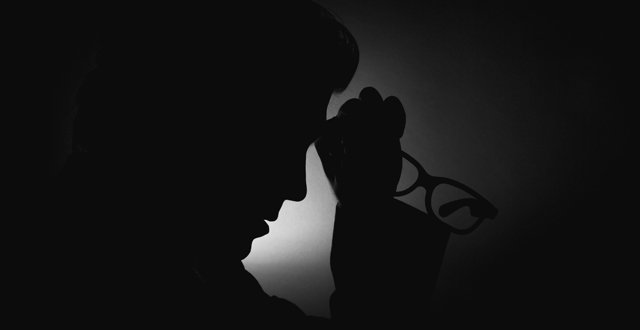


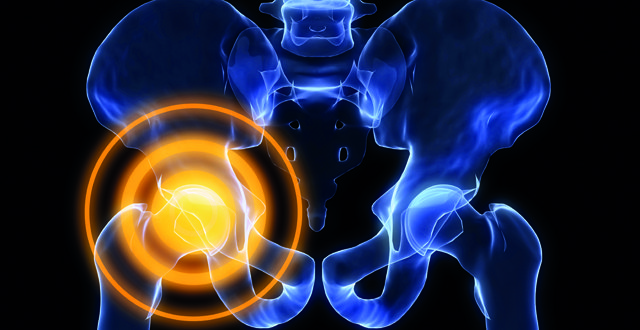
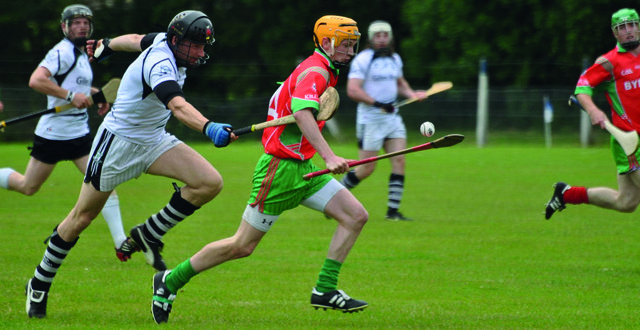
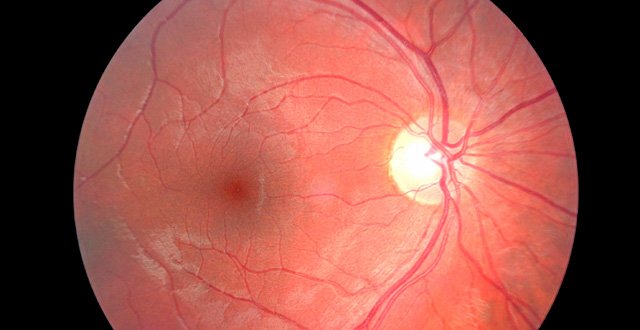

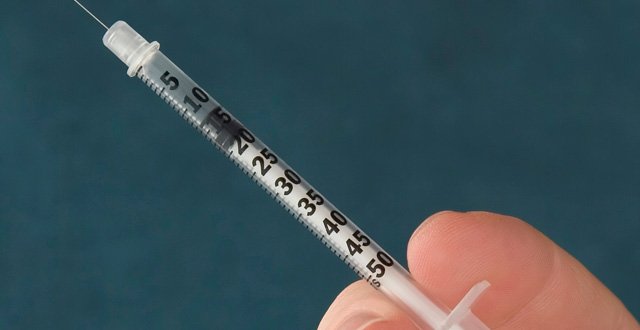





Leave a Reply
You must be logged in to post a comment.